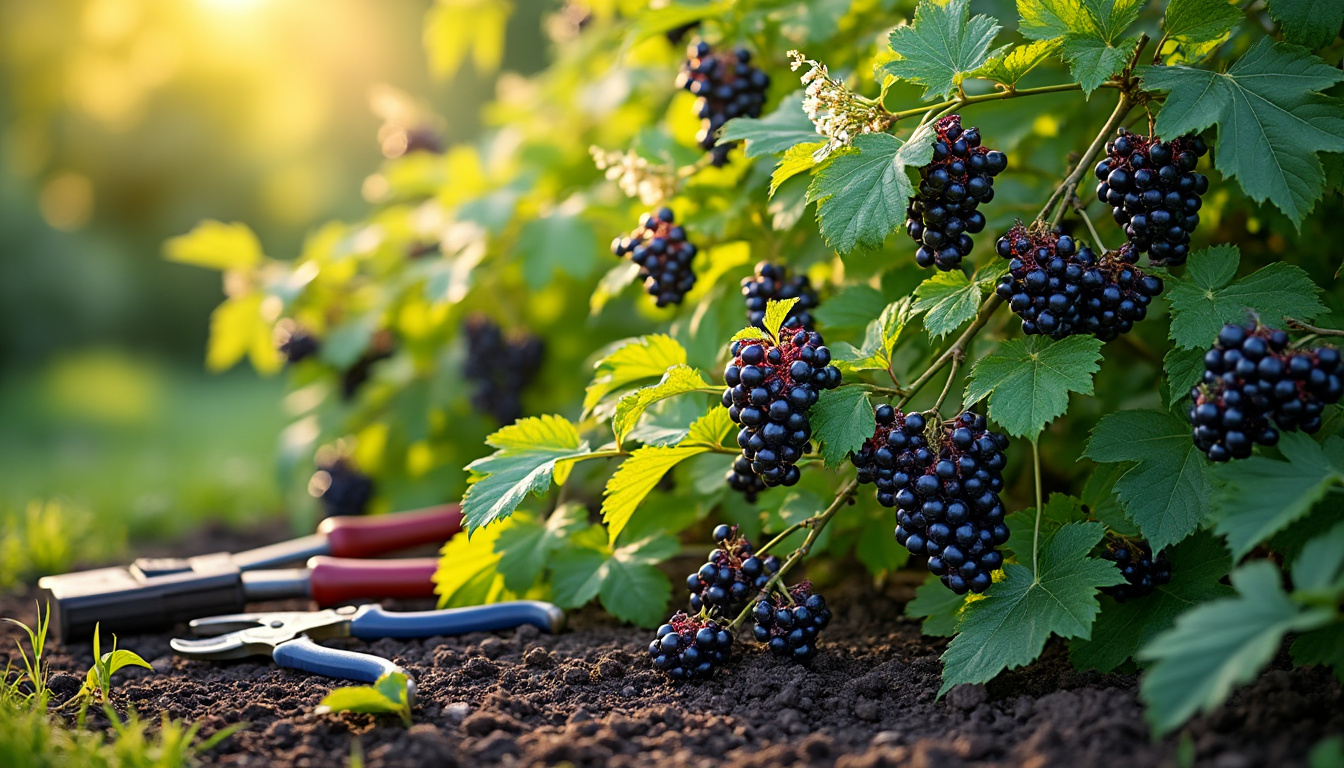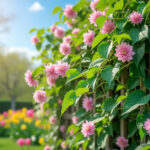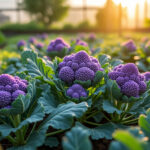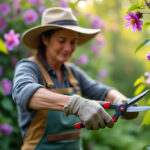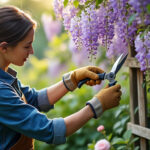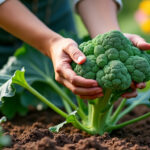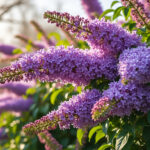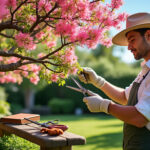Discover the secrets to nurturing an abundant blackcurrant harvest with effective pruning techniques! Timing and method play crucial roles in ensuring that your Ribes nigrum bushes produce a remarkable yield. Whether you are a dedicated gardener or just starting your journey, mastering the art of pruning can transform your garden into a fruitful paradise.
In this article, we’ll explore the optimal times for pruning, the step-by-step process to follow, the tools required for effective pruning, and essential aftercare to ensure your blackcurrants thrive. Let’s delve into the techniques that will elevate your gardening experience.
Table of Contents
- Why Timing Matters in Pruning Blackcurrants
- Step-by-Step Guide to Prunings
- Essential Tools for Successful Pruning
- Post-Pruning Care for Blackcurrant Bushes
- FAQ: Common Pruning Questions
Why Timing Matters in Pruning Blackcurrants
Understanding the right junctures to prune your blackcurrants is pivotal for achieving peak productivity. The ideal window occurs between late winter and early spring, specifically from February to March, before new growth awakens.
Different varietals have unique requirements. For example, ‘Ben Sarek’ flourishes with early spring pruning to maximize its yield, while ‘Ben Nevis’ might require a slightly earlier trim to foster a robust fruit set. Meanwhile, if your garden boasts ‘Blackdown’ shrubs, ensure you wait until after the last frost to safeguard emerging buds from potential damage.
Pruning while the plant is dormant mitigates stress, staving off premature sap loss and encouraging vigorous growth.
- Full Dormancy: Ensure your plants are completely dormant before making any cuts.
- Avoid Wet Conditions: Wet or freezing weather can impose additional stress, so plan accordingly.
- Watch for Weather Patterns: Monitoring conditions around your pruning schedule is crucial for the health of your bush.
By attuning yourself to seasonal changes and your plant’s needs, you will set the stage for a flourishing garden and a stunning yield come harvest time.
Step-by-Step Guide to Prunings
Pruning is a critical practice that not only enhances fruit production but also promotes overall plant health. Following a systematic approach will help you take full control of your blackcurrant bushes.
Preparing for Pruning
The journey begins with the right tools. Here’s what you need to gather:
- Pruning Shears: Perfect for small branches and precision cuts.
- Loppers: Best suited for branches of one inch or thicker.
- Hand Saw: Necessary for thicker stems that require added force.
- Disinfectant: Essential for cleaning tools between cuts and preventing disease spread.
Investing in the right tools will make a significant difference, allowing you to achieve precise and clean cuts that promote plant health.
Pruning Process
Now that you are equipped, let’s detail the pruning process step-by-step:
- Inspect the Bush: Carefully examine the plant for dead, damaged, or diseased stems, keeping an eye out for overcrowded areas.
- Remove Old Wood: Cut back stems older than three years to ground level to rejuvenate the plant.
- Thin Crowded Stems: Selectively remove weaker branches to enhance air flow, crucial for a healthy plant.
- Shape the Bush: Aim for a vase-like form to allow sunlight penetration, removing crossing branches for balance.
This method of fruitful pruning promotes healthy growth and sets your blackcurrants on the path to success!
By adhering to these instructions, you’ll not only enhance your fruit production but also enrich the beauty of your garden.
When to plant sunflowers for a vibrant garden
Essential Tools for Successful Pruning
The right equipment can elevate your pruning experience, ensuring that each cut is efficient and effects are maximized. Below is a detailed table contrasting various tools used in blackcurrant pruning:
| Tool | Description | Use Case |
|---|---|---|
| Pruning Shears | Handheld tool for delicate cuts. | Best for thin branches up to 1 cm. |
| Loppers | Long-handled shears for larger branches. | Ideal for branches up to 2.5 cm in diameter. |
| Hand Saw | Tool for cutting thick stems. | Necessary for branches beyond 2.5 cm. |
| Disinfectant | Cleaning agent for tools. | Prevents disease spread between plants. |
Pruner’s Choice: Having quality tools on hand can notably enhance your pruning effectiveness and contribute to healthier plant growth.
Post-Pruning Care for Blackcurrant Bushes
After completing the pruning battle, your attentiveness must continue with a robust aftercare routine. The following steps will ensure your bushes not only recover but thrive:
Watering and Nutrition
It’s crucial to keep your plants well-watered to support rejuvenation after pruning. Early spring often brings dry spells; thus, diligent watering helps your blackcurrants establish strong new growth. Here are key care tips:
- Water Regularly: Ensure moisture is consistent, particularly during dry periods.
- Fertilize: Apply a balanced fertilizer early in the season for optimum nutrient supply.
- Mulch: Utilize organic mulch to retain moisture and suppress weeds effectively.
By adhering to these currant care practices, your plants will embark on a robust growth journey.
Monitoring Plant Health
Continuously observing health signs post-pruning is vital. Look for:
- New Growth: Monitor for vigorous new shoots, a good indicator of recovery.
- Pest and Disease Checks: Regular inspections help identify and rectify any potential issues early.
- Growth Patterns: A healthy bush should show consistent growth and appearance of flowers.
With consistent monitoring and care, your blackcurrant bushes will thrive, gearing up for fruitful harvests that every gardener dreams of.
FAQ: Common Pruning Questions
When is the best time to prune blackcurrants?
The ideal timing is from February to March when the plants are dormant and ready to thrive post-pruning.
What are the essential tools needed for pruning?
Key tools include pruning shears, loppers, and disinfectant for tool cleanliness.
How can I promote new growth after pruning?
Regular watering, fertilization, and mulch application will aid in promoting new growth and recovery.
Is it necessary to prune every year?
Yes, regular annual pruning helps maintain plant health and optimize fruit production.
How do I identify dead or diseased wood?
Look for discolored, brittle, or shriveled branches, which should be removed promptly.
Armed with this knowledge, you are well on your way to becoming a blackcurrant bliss expert. Cherish the journey of growth and reap the rewards in plentiful, succulent harvests! 🚀

